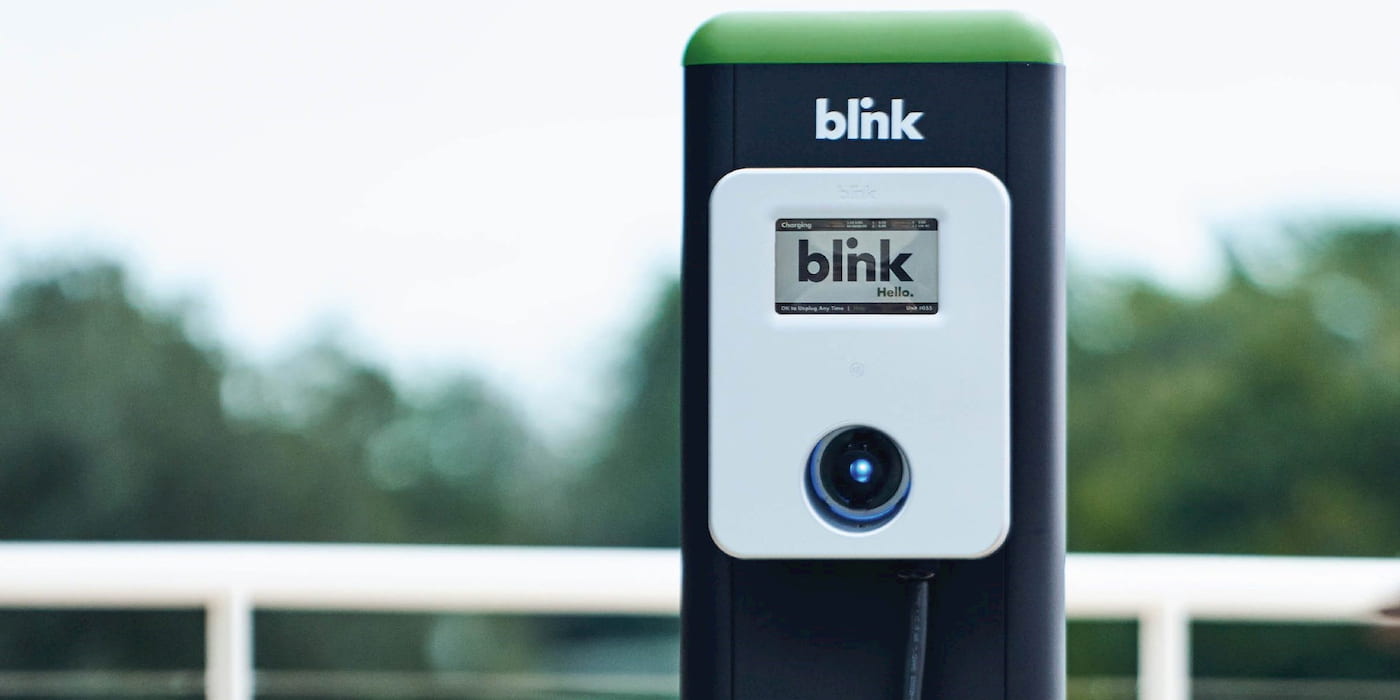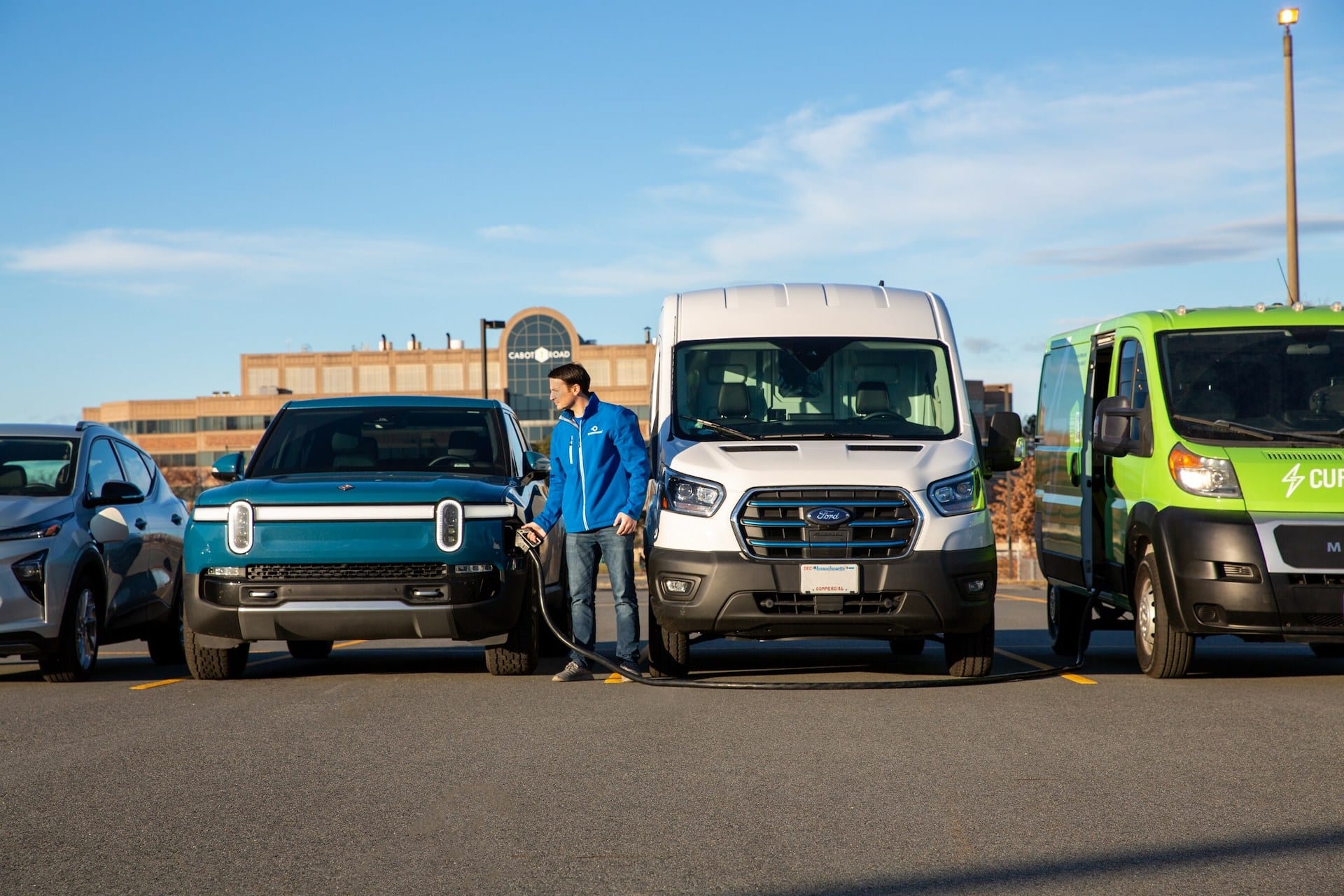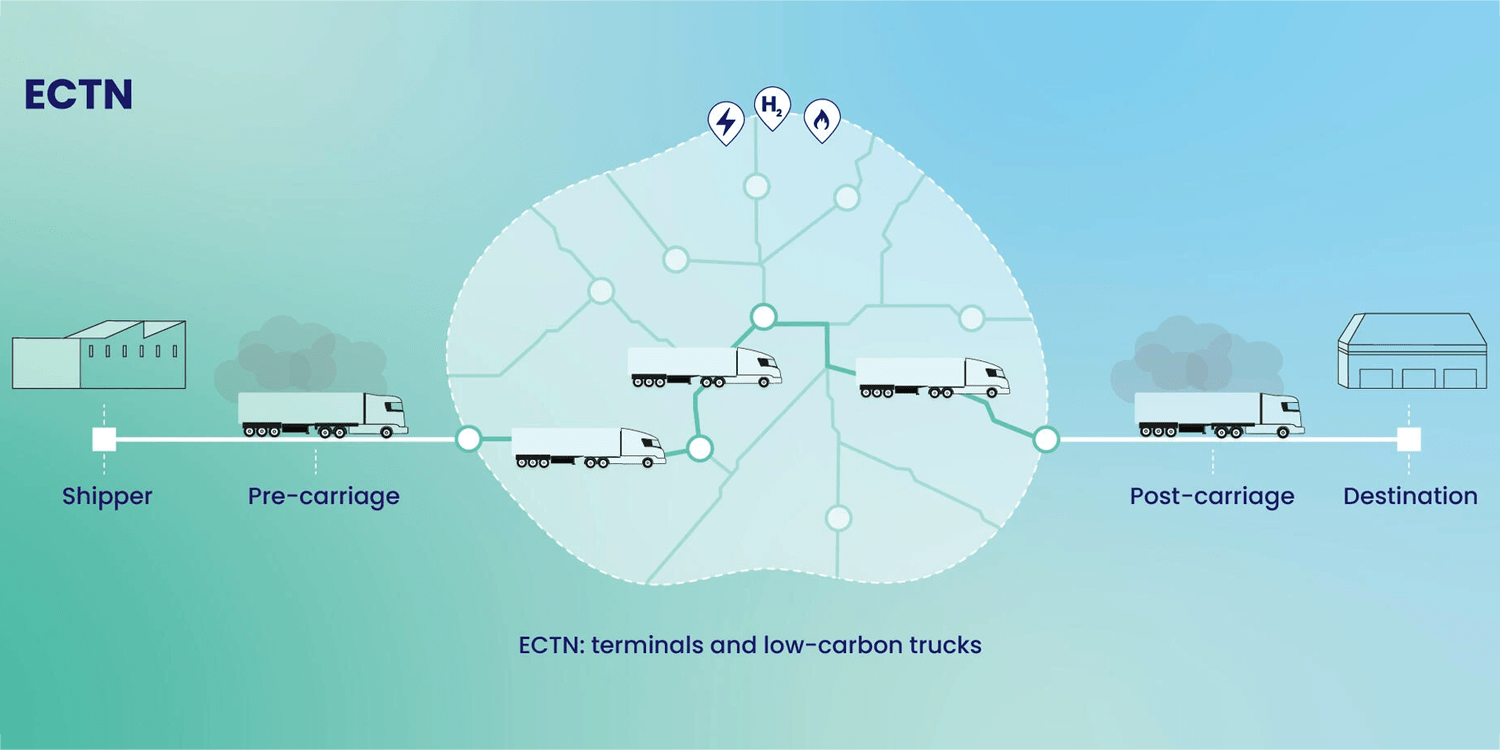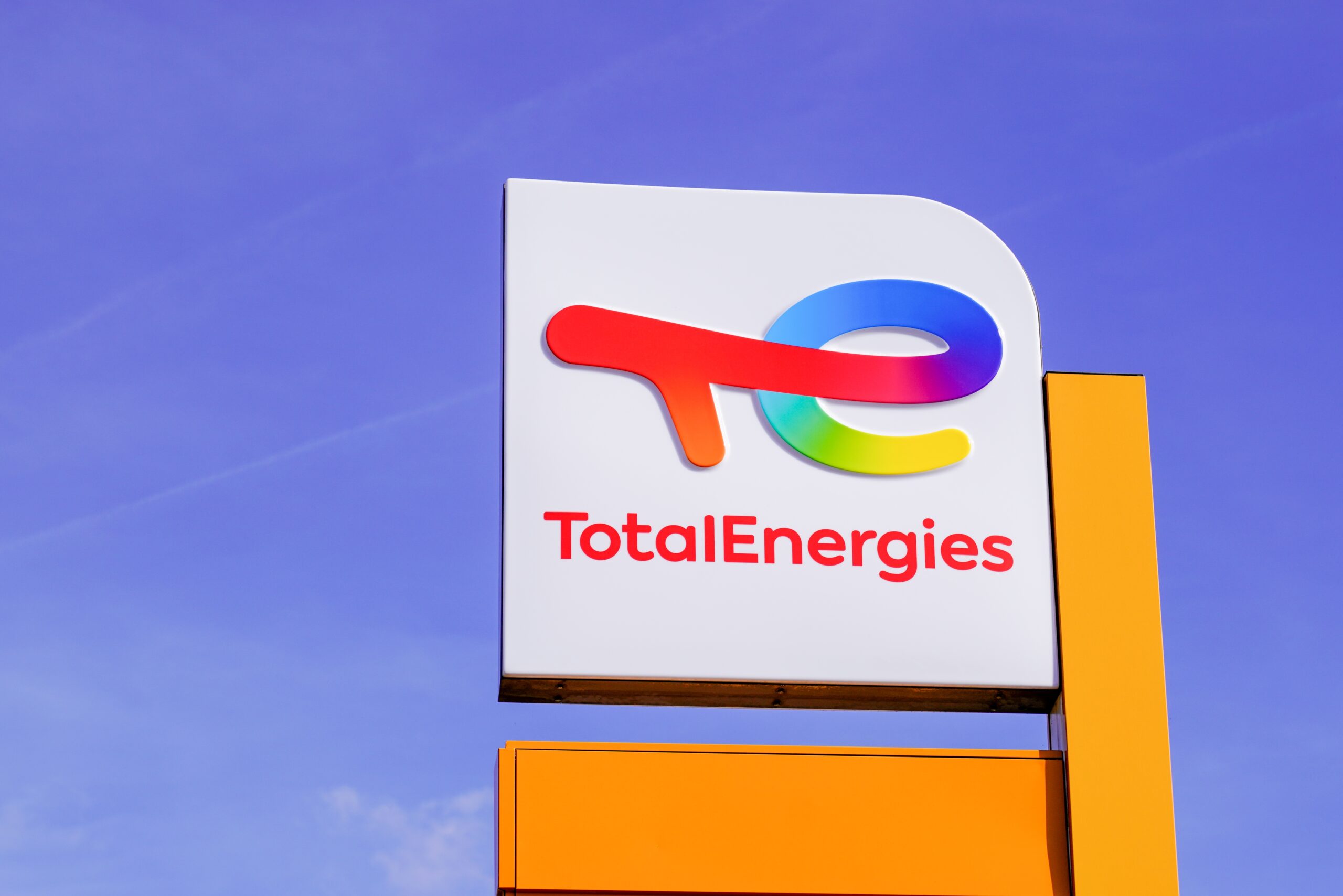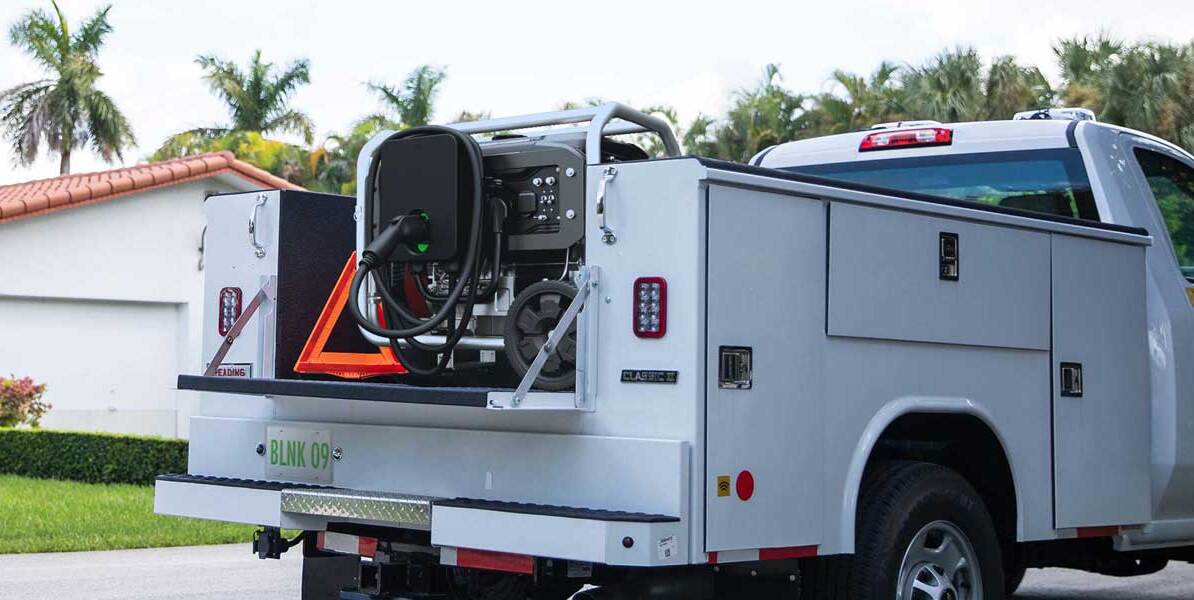Blink Charging, one of the leading electric vehicle (EV) charging companies, has secured a significant contract with the United States Postal Service (USPS) to provide up to 41,500 EV chargers. This marks a major milestone in the USPS’s plans to fully electrify its fleet of delivery vehicles by 2026.
The contract was awarded through an indefinite delivery/indefinite quantity (IDIQ) program, which enables the USPS to purchase a maximum of 41,500 EV chargers from Blink Charging. The charging stations will be used to support the USPS’s growing fleet of electric vehicles, which is set to include 165,000 new vehicles in total.
The USPS’s decision to transition to an all-electric fleet was a key pledge made by President Joe Biden early in his administration. However, the agency’s initial contract for new vehicles with Oshkosh Defense only included 10% electric vehicles, leading to opposition and lawsuits. The USPS later committed to purchasing 100% electric vehicles by 2026, with the recent purchase of 9,250 Ford E-Transits and 14,000 EV charging stations.
The addition of 41,500 EV chargers from Blink Charging is a significant step in the USPS’s plans to fully electrify its fleet. The charging stations will feature Blink Charging’s Series 7 dual-port charger, which allows two EVs to plug in simultaneously on the universal J1772 connector. The units also have an NEMA 3R outdoor rating enclosure, allowing for installation both indoors and outdoors.
In a statement, Blink Charging CEO Michael Farkas said, “The Postal Service’s recent announcement of purchasing more EVs and building the necessary charging infrastructure is another step in developing a complete transition in going electric. This move towards electrification sets a precedent that we are hopeful all fleet owners will follow.”
The USPS’s commitment to electrify its fleet is a major development in the transition to electric vehicles. By partnering with companies like Blink Charging, the agency is helping to build the necessary charging infrastructure to support the growing number of EVs on the road. This is a positive step towards a more sustainable future, and one that we hope will inspire other fleet owners to follow suit.

